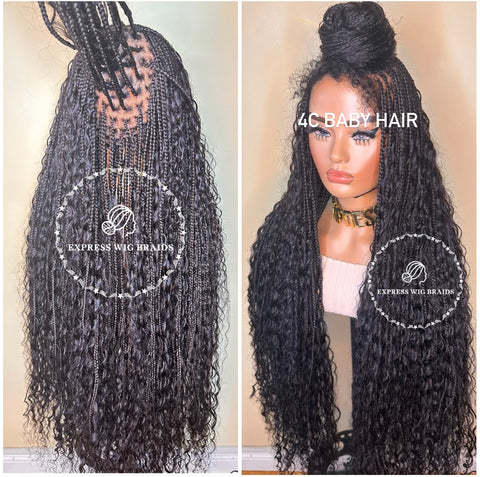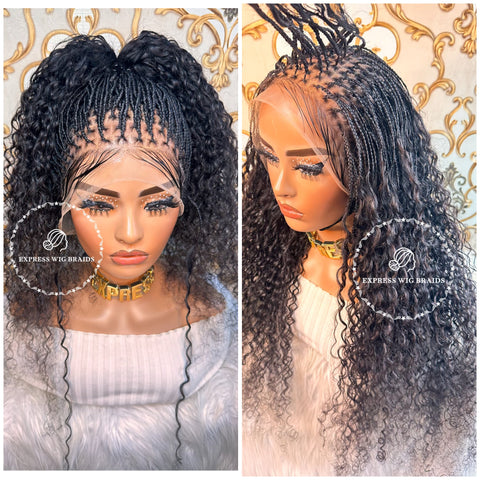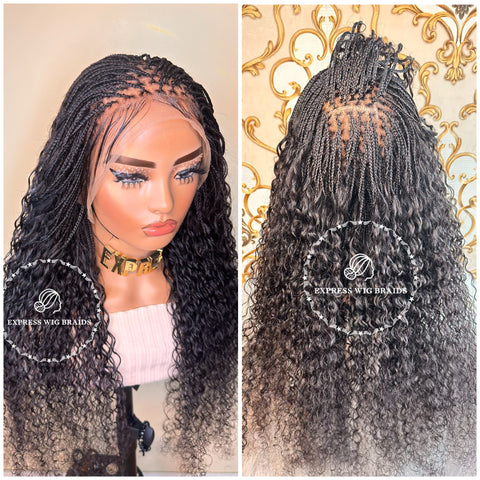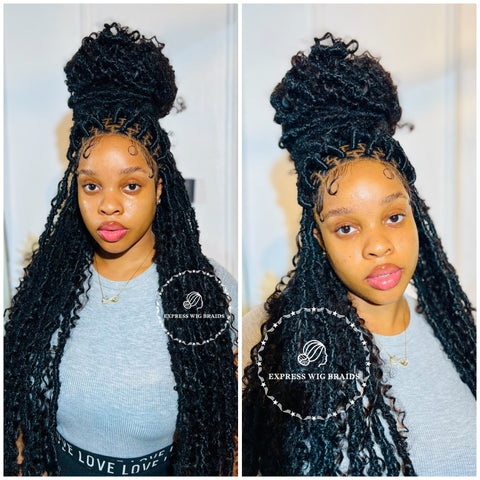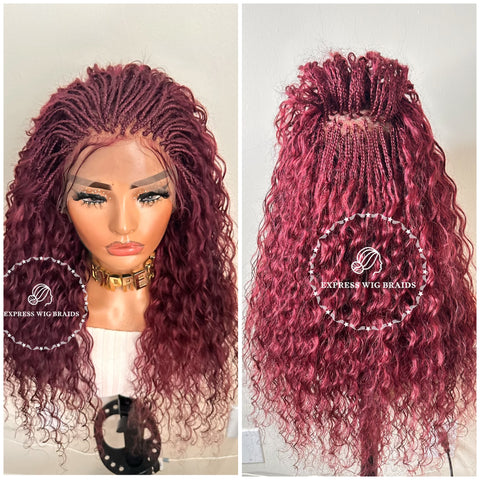Top 7 Benefits of Hair Trimming You Need to Know

Do you know how hair trimming can enhance the health and appearance of your hair?
Hair trimming is often viewed as a routine task to maintain hair length or style. However, its benefits extend far beyond that, impacting hair health and overall well-being. Whether you have short, medium, or long hair, regular trimming is important for maintaining the vitality and appearance of your hair.
Let's explore the benefits of hair trimming together.
7 Benefits of Trimming Your Hair
Here are the top 7 benefits of hair trimming that everyone should know:
1. Enhances Your Hair Texture and Appearance
Regular hair trims improve the overall appearance and texture of hair. Your hair looks smoother, shinier, and more polished once split and damaged ends are removed. This can also make styling easier and more effective, as healthy hair responds better to products and heat styling.
2. Prevents Knots and Tangling
Tangling and knotting are common problems with long hair, particularly at the ends. Trimming hair regularly reduces tangling by removing broken ends, which cause snags and tangles. This makes hair easier to maintain regularly and lowers the danger of hair breaking while detangling.
3. Prevents Split Ends and Breakage
Preventing split ends and breaking of hair is one of the most noteworthy advantages of regular hair trimming. Your hair's ends may become dry, brittle, and prone to splitting over time. This may cause further damage as it moves up the hair shaft, necessitating more extreme procedures like chopping off more length. You may encourage better hair growth and lessen the chance of split ends by trimming your hair every 6 to 8 weeks, which removes damaged ends.
4. Improves the Health of Your Scalp
Hair trimming helps the health of the scalp even though it is often focused on the hair itself. It enhances general hair development and lessens scalp problems like dandruff, this encourages a healthier environment for hair follicles.
5. Maintains Your Hair Style and Shape
Regular hair trims are necessary to keep your hair in its desired form and style, especially if you have layered hairstyles or particular trims. Hair can grow unevenly and lose its definition in layers over time. By keeping your hair trimmed, to its desired shape, trimming helps you maintain a current, well-groomed look.
6. Boosts Hair Volume
Regular hair trimming can also help increase volume. Your hair strands might look larger and more voluminous by trimming off dead ends that might weigh the rest of the hair down. This is particularly noticeable in styles like layered trims or curls that depend on movement and volume.
7. Promotes Healthy Hair Growth
Regular hair trimming encourages healthy hair growth. Your hair can grow more evenly and robustly if you trim split ends and avoid breakage. This is especially advantageous for people who want to grow their hair longer since regular hair trims prevent mid-length hair breakage and maintain the health of your hair shaft.
Conclusion
By now, it’s clear that hair trimming is more than just an aesthetic practice; it’s an essential part of hair maintenance, as it helps to avoid breakage and split ends, encourage healthier growth, and improve overall appearance.
Whether your goal is to maintain a specific style or grow longer hair regular trims every 6-8 weeks can greatly enhance the health and vibrancy of your hair.
To round up, let’s look at some of the frequently asked questions on hair trimming.
FAQs
- Can trimming my hair help it grow faster?
Yes. Trimming encourages healthy hair development even though it doesn't immediately speed up hair growth. It can appear as though your hair is growing faster by eliminating split ends and minimizing breakage, which reduces the likelihood that your hair will become damaged and need more extensive trims later on.
- Does trimming hair affect its natural texture?
Hair does not lose its natural texture after being trimmed. Instead, removing damaged ends that can make hair feel rough or seem frizzy, helps enhance the appearance and manageability of your hair.
- Will trimming my hair make it thicker?
Trimming can create the appearance of thicker hair by removing thin, damaged ends that can make hair look wispy and unhealthy. Regular trims help maintain the fullness and volume of your hair, especially for finer hair types.
- How can trimming prevent split ends and breakage?
When the hair's cuticle, which serves as protection, gets damaged and begins to fray, split ends result. Frequent hair trims save your hair from breaking and maintain its general health by trimming off these damaged ends before they split further up the hair shaft.
- How does trimming benefit scalp health?
Regular hair trimming gets rid of product residue, oil, and dead skin cell accumulation at the scalp. This encourages a healthier, cleaner environment on the scalp, which can enhance general hair development and lessen problems with the scalp, such as dandruff.
- Will trimming my hair remove its natural curls or waves?
Trimming hair doesn't affect its natural curl or wave pattern. In fact, by removing damaged ends, trims can enhance your curls and waves, making them appear more vibrant.
- Can I trim my hair by myself?
While some people trim their hair at home, going to a salon guarantees a trim that is properly tailored to your preferred length, style, and hair type. Expert stylists are also qualified to diagnose and treat any particular hair issues you may be experiencing.
- Can trimming help with styling my hair?
Regular hair trims guarantee that the style and shape of your hairstyle remain intact. Healthy hair reacts better to products and heat styling tools, which facilitates and improves styling.
- Can trimming my hair make it longer?
Trimming your hair regularly helps to avoid split ends and preserve the general health of your hair even if you are growing longer hair. To maintain the health of your ends and encourage ideal development without compromising length, schedule trims every 6 to 8 weeks.





